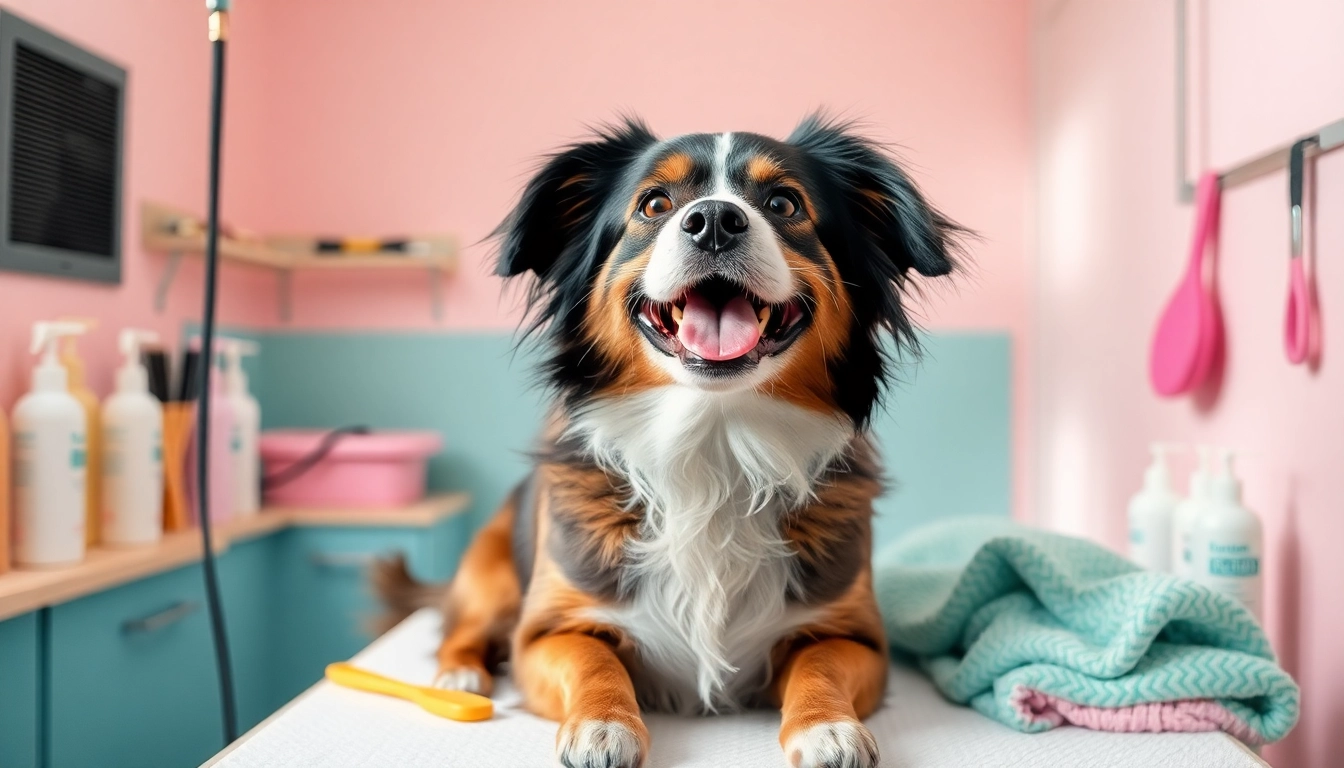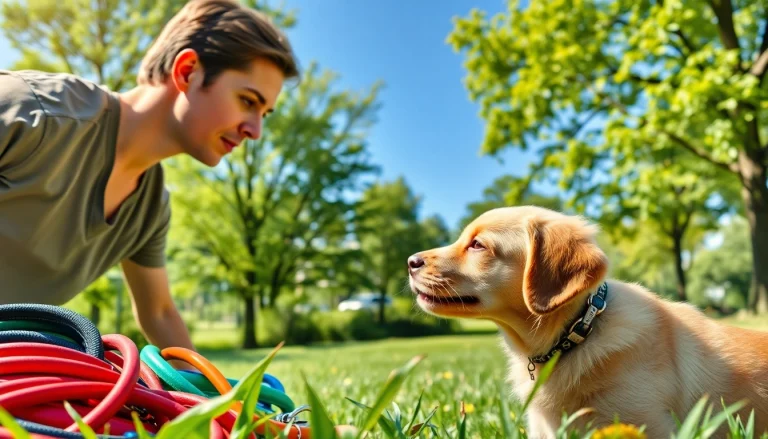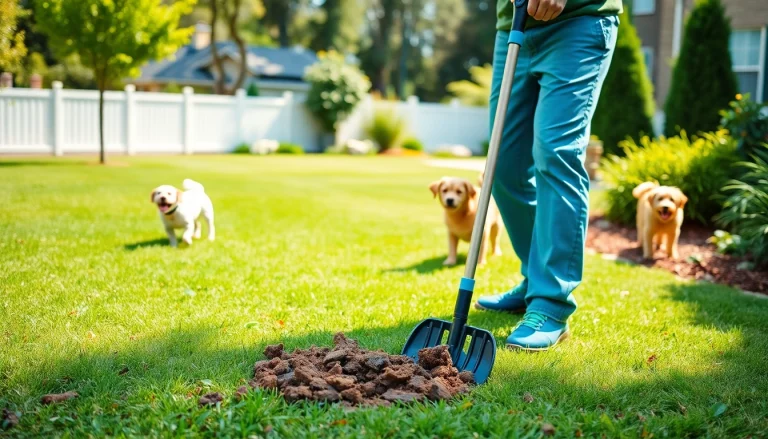
Understanding Pet Hygiene
What is Pet Hygiene?
Pet hygiene refers to the set of practices aimed at maintaining the health and cleanliness of pets. This includes regular grooming, bathing, monitoring health conditions, and ensuring that pets live in a clean environment. Proper pet hygiene is crucial for preventing infections, improving their overall well-being, and ensuring a safe and harmonious relationship between pets and their owners. Pet hygiene encompasses everything from dental care and coat grooming to listening to a pet’s specific needs for cleanliness and comfort, aligning perfectly with general household cleanliness standards. When pets are clean and well-kept, they present less risk to human health, making good hygiene practices a fundamental part of responsible pet ownership. In addition, understanding pet hygiene will greatly complement your efforts in enhancing your overall pet hygiene practices.
Importance of Regular Grooming
Regular grooming is a cornerstone of pet hygiene. Not only does it improve the appearance of pets, but it serves several important health functions. Grooming helps prevent matting in long-haired breeds, removes dirt, debris, and dead skin, and stimulates the skin to promote the production of natural oils. These natural oils keep the coat shiny and healthy. For short-haired breeds, grooming reduces shedding and helps remove loose hair that can accumulate in your home, enhancing cleanliness.
Moreover, regular grooming provides opportunities to check for common health issues such as skin irritations, fleas, ticks, or lumps. By integrating grooming into your pet care routine, you can catch potential health problems early, which is both easier and more cost-effective than addressing advanced issues when they arise. A well-groomed pet may also experience better comfort and happiness, leading to an overall improvement in quality of life.
Common Pet Hygiene Practices
Pet hygiene practices vary depending on the pet type, breed, and individual needs, but many practices are universally beneficial. Here are some common hygiene practices for pet owners:
- Regular Grooming and Brushing: Depending on the breed, pets may benefit from daily brushing to minimize shedding and keep their fur manageable.
- Bathing: Bathing pets regularly helps control odors and remove dirt. Frequency can depend on the pet’s activity level and skin type.
- Dental Hygiene: Regular tooth brushing can prevent tooth decay and gum disease. Dental chews can also aid in cleaning teeth.
- Ear and Eye Care: Checking and cleaning the ears and eyes can prevent infections and maintain overall health.
- Regular Vet Visits: Routine veterinary check-ups are vital for maintaining vaccinations, preventive health care, and early detection of health conditions.
Best Grooming Techniques
Choosing the Right Grooming Tools
Choosing the right grooming tools is essential to effective pet hygiene. Brushes can vary widely depending on hair type, skin sensitivity, and whether the pet may be prone to matting. For example, long-haired breeds typically require slicker brushes and combs designed for detangling, while short-haired breeds may only need a rubber brush to remove loose hair.
In addition to brushes, selecting proper shampoos and conditioners is equally important. Always opt for products specifically designed for pets and suitable for their skin type—dog shampoos, for instance, have a different pH balance than human shampoos, which can lead to skin irritation if used improperly. Beyond shampoos, consider investing in tools like nail clippers and pet wipes, which can benefit hygiene and comfort.
Effective Bathing Tips for Dogs
Bathing your dog can be a daunting task without proper preparation. Here are some effective bathing tips that will help the process go smoothly:
- Select a well-lit area: Choose a location such as a bathtub or yard that is easy to clean and has ample light for visibility.
- Gather supplies beforehand: Have your dog shampoo, towels, and brushes ready before you begin. This reduces stress and keeps the process organized.
- Use lukewarm water: Ensure the bathing water is neither too hot nor too cold to provide your pet a more pleasant bathing experience.
- Be gentle: When lathering, use a gentle touch and avoid the eyes and ears. Rinse thoroughly to prevent any product from remaining on their skin.
- Reward afterward: After the bath, reward your pet with treats or playtime, reinforcing the experience as positive.
Dental Care for Pets
Dental care often gets overlooked in general pet hygiene practices, yet it is crucial for your pet’s overall health. Just like humans, pets can develop dental issues such as plaque buildup, gum disease, and various infections. To maintain your pet’s oral hygiene, consider the following strategies:
- Daily Brushing: Aim to brush your pet’s teeth daily using a toothbrush and toothpaste specifically designed for pets.
- Dental Chews: Provide dental chews that can reduce plaque and tartar buildup, promoting oral health.
- Routine Vet Checks: Schedule dental cleanings and check-ups with a veterinarian for professional care that may be necessary.
Routine Health Checks
Monitoring Skin and Coat Health
Healthy skin and a glossy coat are vital indicators of your pet’s overall health. To monitor your pet’s skin and coat health, regularly check for any abnormalities such as redness, swelling, or excessive scratching. Additionally, feel for lumps or bumps beneath the fur, as these may warrant a veterinary visit. If rashes, hair loss, or any unidentifiable skin conditions appear, seek medical advice, as these can lead to infections if left unchecked.
Understanding Ear and Eye Care
Ear and eye care are essential components of pet hygiene that can be easily neglected. Ears can accumulate wax, dirt, and moisture, making them susceptible to infections. A pet’s ears should be checked regularly; use a damp cotton ball (do not insert anything into the ear canal) to clean the outer ear gently. If your pet frequently shakes its head or irritates its ears, it could be a sign of an infection.
Similarly, eye care involves cleaning away tear stains and debris that can accumulate, especially in breeds prone to eye problems. Regularly inspect your pet’s eyes for signs of redness, swelling, or excessive tearing.
Signs of Poor Hygiene
Recognizing the signs of poor hygiene in pets is crucial for addressing issues before they escalate into more significant health problems. Some common indicators include:
- Unpleasant Odors: Regularly bathed pets should not have foul odors. If there is a noticeable smell, the pet may need a wash or could be experiencing a skin issue.
- Excessive Shedding: This could indicate health problems or stress in pets; a proper grooming routine should minimize shedding.
- Red or Irritated Skin: Signs of skin irritation should be addressed immediately as this can lead to infections or comfort issues.
- Dental Issues: Bad breath, tartar buildup, or bleeding gums can be a sign of underlying dental disease.
Seasonal Pet Hygiene
Summer Grooming Tips
Summer poses unique challenges for pet hygiene, especially with increased heat and outdoor activities. During this time, grooming practices should prioritize cooling and comfort:
- Regular Baths: More frequent bathing can help relieve heat discomfort and remove odors.
- Humidity Control: Moisture can be trapped in long fur, leading to skin problems. Trimming your pet’s coat may provide relief.
- Paw Care: Consider paw protection against hot pavement, keeping their paw pads healthy and free from burns.
Winter Care Practices
Just as summer can impact pet hygiene, winter requires additional considerations to keep pets clean and healthy. During the colder months:
- Regular Indoor Grooming: Pets can become dirty from muddy outdoor play. Regular indoor grooming helps manage dirt and reduces indoor shedding.
- Moisturizing Baths: Using moisturizing shampoos can help address dry skin problems that pets may encounter in heated indoor areas.
- Protective Gear: Consider using pet coats or booties for walks in cold weather, which can protect against frostbite and snow buildup on paws.
Adapting Hygiene to Changing Weather
Being adaptable to changing weather conditions is critical in ensuring continuous hygiene practices for pets. Seasonal shifts may require adjustments in bathing frequency, grooming styles, and outdoor activities:
- Monitor Temperature and Weather Conditions: Pay attention to how weather affects your pet. If they appear overly hot in summer, increase bathing frequency; in winter, maintain grooming to avoid matting of fur.
- Adapt Outdoor Activities: Changes in weather may require adjustments in outdoor play. Ensure that pets have safe, supervised play time adapted to current environmental conditions.
- Focus on Indoor Hygiene: During extremes in weather, indoor hygiene becomes crucial. Regular cleaning of sleeping areas and feeding spots can mitigate dirt accumulation.
Products to Enhance Pet Hygiene
Top Hygiene Products for Dogs
Investing in high-quality hygiene products can significantly simplify the process of maintaining a pet’s cleanliness and health. Here are some top-rated products that can enhance pet hygiene:
- Pet Wipes: Ideal for quick cleaning between baths, pet wipes help wipe down fur, eliminate odors, and tackle dirt and mud.
- Specialized Shampoo: Depending on your pet’s needs, look for specialized shampoos that cater to sensitive skin, shedding, or canine odor control.
- Dental Products: Look for dental sprays, chews, and toothbrushes designed for pets to maintain their oral hygiene effectively.
DIY Pet Hygiene Solutions
Creating DIY pet hygiene solutions can be both fun and cost-effective. Here are some easy ideas for at-home solutions:
- Natural Flea Repellent: Combine apple cider vinegar and water as a natural flea repellent spray.
- Homemade Pet Shampoo: A mixture of natural soap, baking soda, and essential oils can create a gentle shampoo.
- Teeth Cleaning: Use a soft cloth, a pinch of baking soda, and water to make a simple, effective tooth-cleaning solution.
Choosing Safe, Effective Products
When it comes to enhancing pet hygiene with products, be mindful of selecting safe and effective options. Look for products that have been tested and reviewed positively by other pet owners. Avoid products with harsh chemicals that may irritate your pet’s skin or harm their health. Always read labels carefully, considering the recommendations given by your veterinarian. Furthermore, introducing new products should always be done gradually to monitor any potentially adverse reactions.






